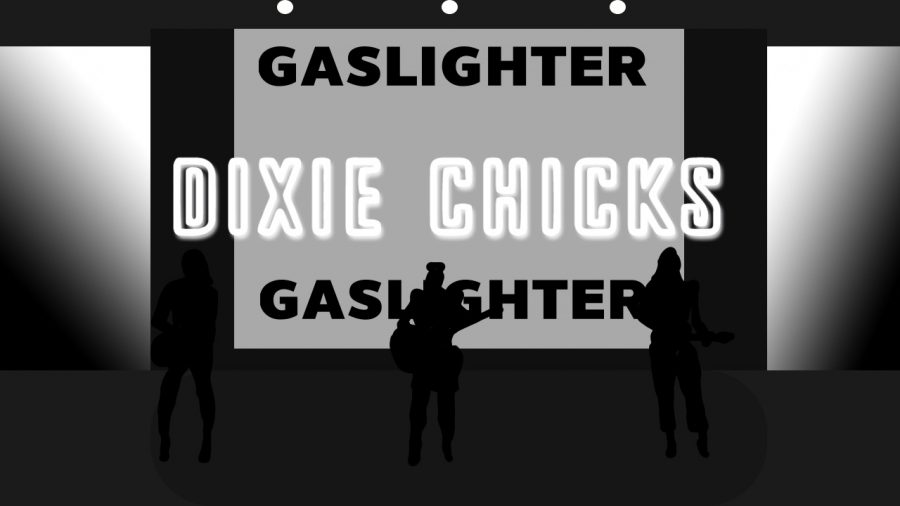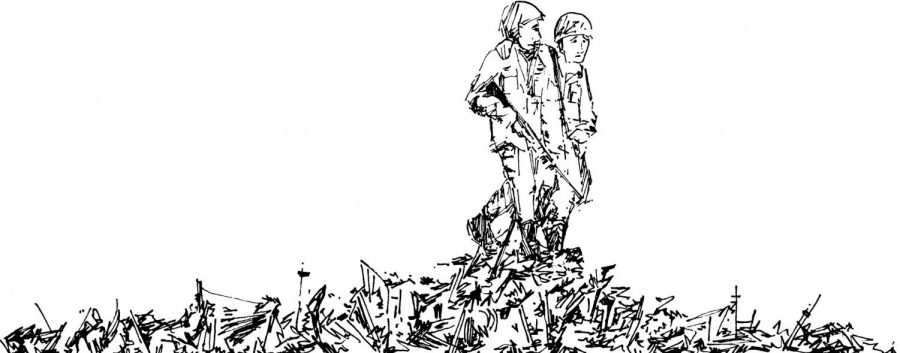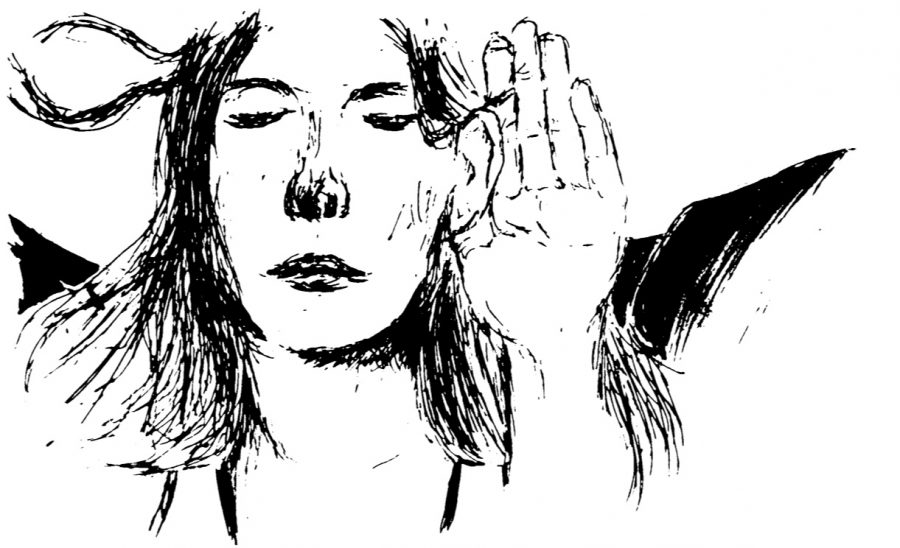Director Guillermo Del Toro is perhaps most famous for “Pan’s Labyrinth,” his alternatively charming and terrifying take on a young girl navigating her way through the horrors of the Spanish Civil War. The older brother to “Pan’s Labyrinth” is “The Devil’s Backbone”: Del Toro’s story of a young boy riding out the same war in a lonely and isolated orphanage. Slightly more terrifying than charming, “The Devil’s Backbone” is an intriguing look at limbo, a horrifying drama and a lightweight ghost story all in one. There’s storytelling and integrity here that modern horror doesn’t have.
“The Devil’s Backbone” opens with the image of a massive bomb falling into the courtyard of a lonely desert orphanage. This bomb, which fails to actually explode, is the central symbol of the film. It’s a visual anchor for the terrifying war against which the film is framed, an ominous portent that hangs over the plot and a visual ghost stopped just short of death.
The bomb is also the first of many elements of the film stuck in limbo. The orphanage, stranded in a wasteland and a bloody ideological war, is similarly suspended in an inescapable space. The protagonist, a 12-year-old named Carlos, learns after he arrives that his father and caretaker are gone, and that he has nowhere left to go. Jacinto, the haughty caretaker and stern disciplinarian, grew up at the orphanage but never really left. There’s also “the one who sighs,” an ephemeral presence who swoops through the halls.
Part of this lies in Del Toro’s success in creating a setting that, like the underground cistern where the most gut-wrenching scenes take place, lies fallow and inert. The other tension lies in the terror of seeing such a calm place disturbed. This movie does not shield its young protagonists away from horrific violence. The trauma juxtaposed with innocence gives the film a terrible weight.
Del Toro’s supernatural setting, one in which ghost stories and superstition are fundamental to the movie’s plot and central themes, adds a beautiful backdrop to the film. The doctor of the orphanage keeps a collection of jars with preserved infants dead from spina bifida: hence the “Devil’s Backbone” of the title. Each jar is full of a special rum, called “limbo water,” which preserves the baby inside. It’s also rumored to have healing property: and the superstitious villagers buy it by the bottle, which in turn supports the orphanage. The boys pray to a giant bomb fallen in the yard and listen, with ears to the metal, for the ticking of its explosive heart. Vagaries of belief such as this are the “backbone” of the movie’s world.
The ghostly elements of “The Devil’s Backbone,” however, are neither the source of the horror nor central to the film. The truly frightening elements of the film are the forces that precede and create those imprints: greed and avarice, “Lord of the Flies” brutality and the crippling toll of civil war. “The Devil’s Backbone” creates monsters more believable and enduring than any man in a rubber suit: cowards and murderers, the dramatic rather than the fantastic. This is horror filled with brains, teeth, heart and relevance.
“The Devil’s Backbone” is available to rent at Penrose Library.







